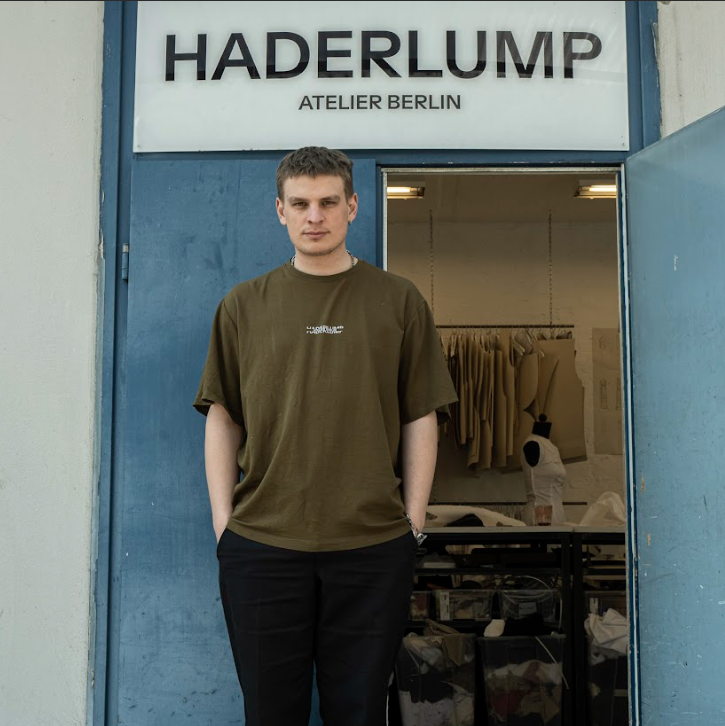Haderlump Atelier Berlin

ABOUT THE BRAND
Haderlump embodies a contemporary urban aesthetic that fuses confidence with resilience in the face of modern complexities. The designs challenge convention while embracing elegance, offering fashion that evolves with the times. The core of the brand is a dedication to craftsmanship – each garment is meticulously handcrafted in their Berlin Atelier, merging historical influences with forward-thinking design.
All images are available at the official Berlin Fashion Week MEDIA HUB.

Why did you start your label/business?
I’ve always been fascinated by the process of making: Watching materials transform into something entirely new. That curiosity led me early on to admire the work of artisans and manufacturers; there was something deeply compelling about their attention to detail and the way their hands translated ideas into form.